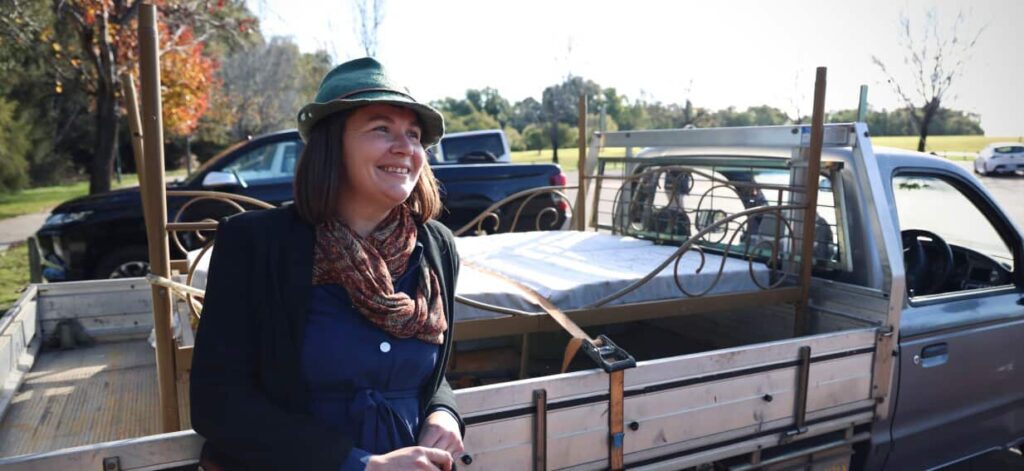
UPDATE: Rent prices in Western Australia are surging at an alarming rate, with the median rent in Perth climbing from $350 per week in 2019 to $650 by the end of 2024—a staggering 86 percent increase. This unprecedented rise is leaving families like Elizabeth Wright’s grappling with the harsh reality of potential homelessness.
Elizabeth Wright, a 38-year-old single mother, shared her urgent story as she prepares for life in her vehicle. “I would build a secure load on the back of my ute,” Wright told SBS News. She’s currently couch surfing with her sister, another single mother also facing eviction, as the housing crisis escalates in WA.
The latest report from the Bankwest Curtin Economic Centre reveals that house prices in major cities have skyrocketed by 59 percent, with Perth and Brisbane experiencing an 84 percent rise. Specifically, Perth’s median home price surged from $463,000 in 2019 to $851,000 in February 2025, driven by investor interest and population growth.
Despite recent interest rate cuts and government initiatives aimed at first-time home buyers, the affordability crisis continues to deepen. Renters like Wright are feeling the sharpest blows. With over 9,700 people experiencing homelessness in WA as of the last census, the situation is becoming increasingly dire.
Housing advocates warn that the system is failing. “Rent is going up five times faster than wages,” says Jordan van den Lamb, highlighting the unsustainable pressure on households. Many are now forced to choose between paying rent and covering essential expenses like medication and groceries.
Furthermore, WA remains one of the few regions that permit “no-grounds” evictions, allowing landlords to remove tenants without cause. This vulnerability has left many renters, like Wright, fearing the loss of their homes.
The latest census shows that there was a 114 percent increase in homelessness in WA from the previous count, with almost 25,000 individuals seeking help from homelessness services in the past year—a shocking 18 percent increase over the last decade.
As the rental market tightens, the average wait time for public housing has ballooned to 151 weeks, with demand among priority applicants surging by 330 percent in six years. Shelter WA reports that more than 21,000 people are currently on the waiting list for public housing.
Despite the state government promising to address the crisis, advocates argue that the measures taken thus far are insufficient. The recent reforms allowing for pet ownership and limiting rent increases to once a year are seen as inadequate solutions.
In a statement, a state government spokesperson noted that recommendations for further reforms are expected to be finalized later this year, but advocates like Alice Pennycott stress that more urgent action is needed. “It doesn’t address the heart of the problem: renters being protected from being thrown out into the street into homelessness,” she said.
As the housing crisis intensifies, families across WA are facing uncertainty and despair. Elizabeth Wright’s plea for stability echoes the sentiments of many: “I just want to give my daughter a secure place to grow up. Not a car, not someone else’s couch. A home.”
This urgent situation continues to develop, and as the community grapples with these challenges, advocates call for immediate investment in both rental and public housing to alleviate the crisis.







